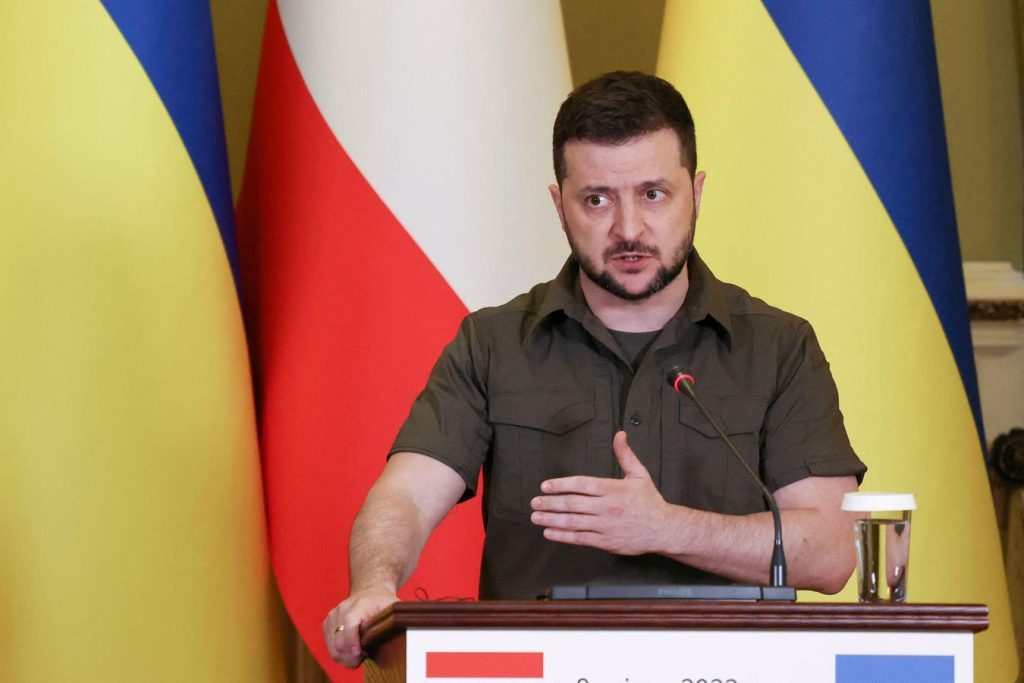The biggest mistake we make about leadership these days is believing the illusion that it exists. Some of our global and corporate leaders come close at times, but Jackie Robinson, Jonas Salk, John Kennedy, Lou Gerstner, Steve Jobs, and their ilk are long gone.
Maybe I’m asking too much, but those seminal leaders – and I can name a hundred more if you’d like – managed to accomplish all the things we expect of leaders. They set examples, established standards, inspired the masses, wielded power, understood and utilized the sources of their strength, forged mutual alliances, stayed the course but adjusted when necessary, and in general moved the world forward while doing quite OK for themselves – an OK proposition – and they did them all concurrently. To be clear, they didn’t switch from one of these roles to another when it suited them; they did them all. No juggling. Concurrently.
Definition of a Leader
In teaching my two leadership courses in the MBA and MAS programs at Fairleigh Dickinson University from 2003 to 2018, we developed this definition of what a leader is:
A person who has – and articulates – a vision, creates change, inspires others to achieve mutual goals, and builds and maintains effective working relationships – all while setting the highest standards of ethical thought and behavior.
Note: the word “and” is in there, not the word “or.”
To be objective, the world is a screwier place than it ever was before, and it’s tougher to be a leader like that. There have been more crises simultaneously, more fractious politics on both the national and global level, and more change than we ever had imagined – for good and/or evil – happening faster than we could prepare for it.
And that’s why the following was in my syllabus, especially in the course I created called Creativity, Change, and the 21st Century Leader:
New ways of thinking
“Leaders of the 21st century can no longer deal just with change; they must create, discover, and invent new ways of thinking, new ways of dealing with greater changes yet to come, and new ways of building organizations.”
Held up to that scrutiny, I can think of only one current leader who fully measures up. A few come close but have lapses. As Karl Marx, who noted: “Leaders make history, but not necessarily under the circumstances of their own choosing.” If you don’t instantly recognize the truth of that statement, ask Volodymyr Zelenskyy, my pick not only for leader of the year, but for the only leader of the year. Or the decade. There are some candidates for runner up – I shall refrain from naming them, for fear of appearing to have political or business biases (which we all do, truthfully) – but based on the above definition of a leader, this should be a slam dunk choice.
Not to mention a good lesson for all leadership aspirants.
In my humble opinion, the most valuable leadership lesson of all is one that was expressed by Harold Geneen, a name most people today do not recognize. President and CEO of IT&T from 1959 to 1977, Geneen was tough and demanding and not without controversy. Yet his unfailing dedication to building organizational strength was second only to his dedication to building the strength of those who made up that organization. He left us with this realization:
“Leadership cannot be taught. It can only be learned.” In that light, he created the environment for that to happen.
That’s the trouble with leadership these days. Leadership is an ongoing exercise in fearlessness.
It seems that too few are willing to jump into that pool with both feet, and too few are willing to hand over that responsibility to those who are willing.
Once again, ask Volodymyr Zelenskyy.
Read the full article here










